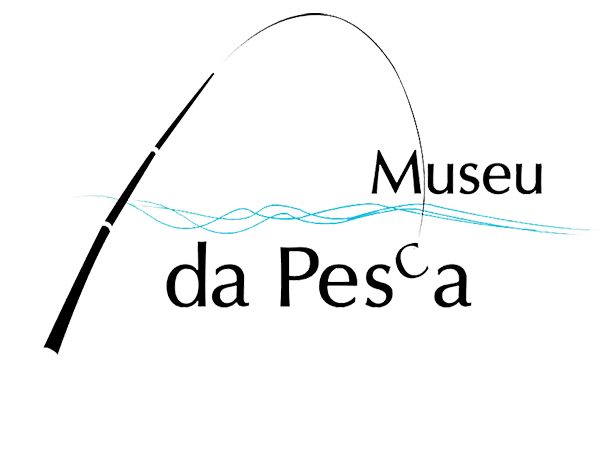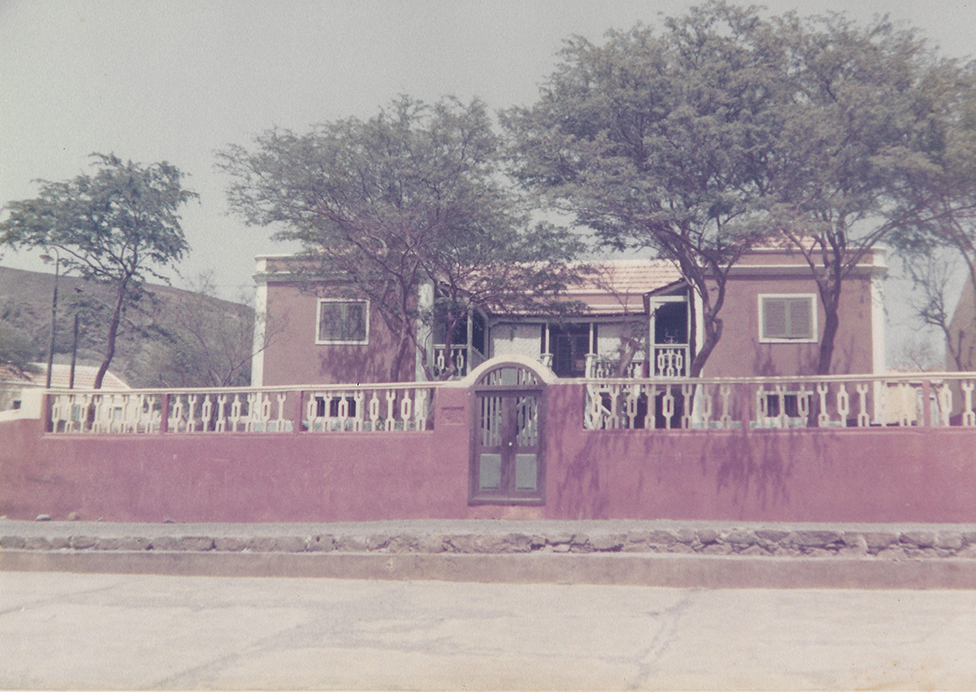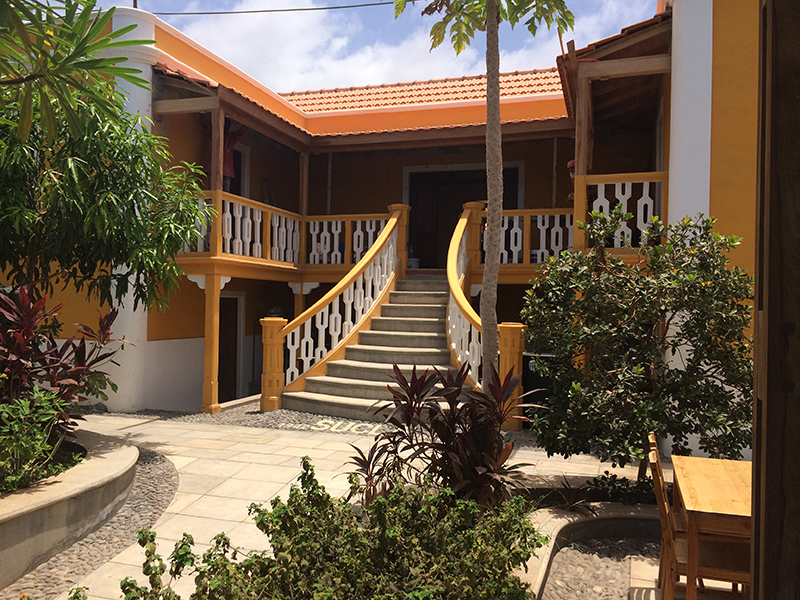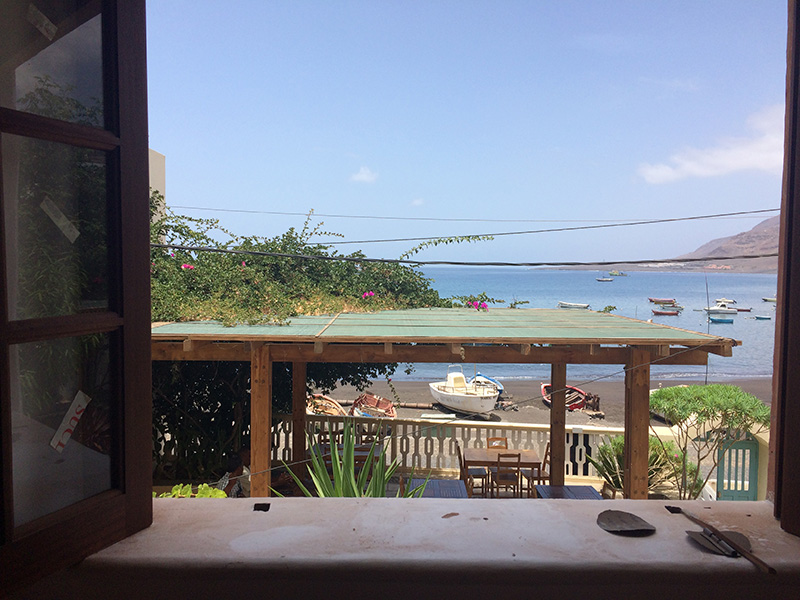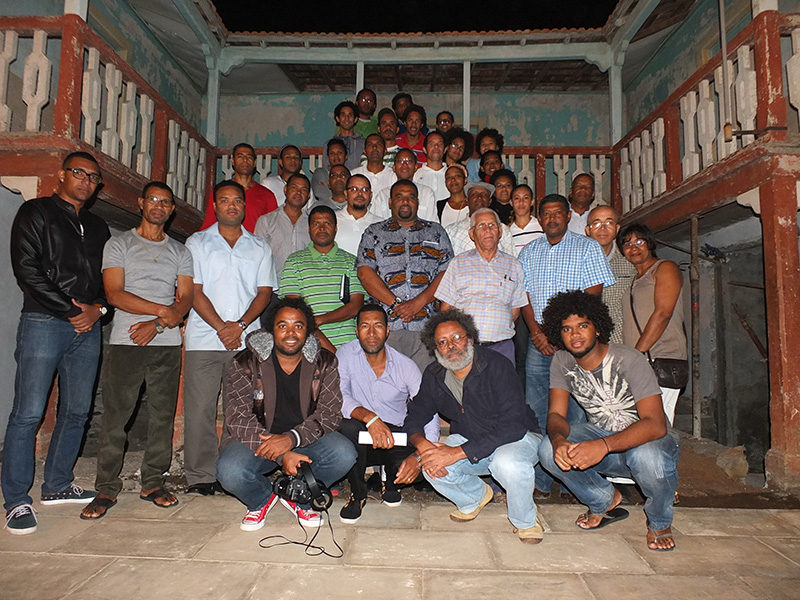O projeto do Museu da Pesca é um projeto inédito nas ilhas de Cabo Verde. Nascido de uma parceria público/privada, será a primeira experiência de museologia em que o Estado se posiciona como parceiro da sociedade civil a favor de um projeto de interesse público, sem finalidade lucrativa. Um projeto que responde aos desafios da nova museologia veiculados pelo ICOM e pela UNESCO, que defende o museu como uma “instituição ao serviço da sociedade, da qual é parte integrante e que possui nele mesmo os elementos que lhe permitem participar na formação da consciência das comunidades que serve”.
Proposto pelo atual proprietário da Fábrica SUCLA – Sociedade Ultramarina de Conservas Lda., em parceria técnica e científica com o M_EIA, Instituto Universitário de Arte, Tecnologia e Cultura e a Câmara Municipal do Tarrafal, o projeto conta com o apoio institucional do Ministério da Cultura, através do Instituto de Investigação e Património Culturais – IIPC.
A história do edifício-casa remonta ao início do séc. XX, época em que Sr. Cadório, empresário português se fixa e funda em 1933 a fábrica SUCLA. Um património material e imaterial excepcional em Cabo Verde que revela, através do mar e da unidade fabril, as relações sociais e comerciais da ilha até à atualidade. Um espólio imenso, que ao longo de anos foi preservado, e posto agora à disposição do Ministério para trabalhar sobre o Museu ligado à história da Pesca em Cabo Verde, em particular às suas ligações à ilha de São Nicolau, que passa fundamentalmente pela história da Fábrica de Conserva onde se está a instalar o Museu.
Com o projeto do Museu pretende-se assim sistematizar essa importância, torná-la pública e fazê-la parte da própria comunidade. Nesse sentido amplo do novo conceito de museu, a intervenção integra não só a área residencial da Fábrica, antiga “Residência Tarrafal” , a residência do Sr. Cadório, fundador da Fábrica, como toda a Fábrica, enquanto estrutura histórica. A inclusão da Fábrica permitirá a interpretação do antigo e atual processo de conserva e da própria memória colectiva ligada e ela (numa segunda fase de intervenção).
::::::::::::::::::::::::::::::::::::::::::::::::
Notícias sobre o projeto:
https://www.balai.cv/noticias/modernizacao-de-historica-conserveira-deu-...
https://eu.heraldnews.com/story/news/local/ojornal/2020/01/28/new-bedfor...
:::::::::::::::::::::::::::::::::::::::::::::::
Fishing Museum . Tarrafal . São Nicolau Island
The Fishing Museum project is a first for the Cape Verde islands. Born out of a public/private partnership, it will be the first museology experience in which the state positions itself as a partner of civil society in favor of a project of public interest, with no profit motive. A project that responds to the challenges of the new museology put forward by ICOM and UNESCO, which defends the museum as an “institution at the service of society, of which it is an integral part and which possesses within itself the elements that allow it to participate in shaping the conscience of the communities it serves”.
Proposed by the current owner of the SUCLA Factory - Sociedade Ultramarina de Conservas Lda, in technical and scientific partnership with M_EIA, the University Institute of Art, Technology and Culture and Tarrafal Municipal Council, the project has the institutional support of the Ministry of Culture, through the Institute for Research and Cultural Heritage - IIPC.
The history of the house dates back to the beginning of the 20th century, when Mr. Cadório, a Portuguese businessman, moved here and founded the SUCLA factory in 1933. An exceptional tangible and intangible heritage in Cape Verde that reveals, through the sea and the factory, the island's social and commercial relations right up to the present day. An immense collection, which has been preserved over the years, has now been made available to the Ministry to work on a museum linked to the history of fishing in Cape Verde, in particular its links to the island of São Nicolau, which basically involves the history of the canning factory where the museum is being set up.
The aim of the museum project is to systematize this importance, make it public and make it part of the community itself. In this broad sense of the new museum concept, the intervention includes not only the factory's residential area, the former “Tarrafal Residence”, the residence of Mr. Cadório, the factory's founder, but also the entire factory as a historical structure. The inclusion of the Factory will allow the interpretation of the old and current conservation process and the collective memory linked to it (in a second phase of intervention).
The project.
http://meia.edu.cv/node/243
